Executive Summary
Forest fires pose a significant threat to Turkey's diverse ecosystems, economy, and public safety. This report analyzes cost-effective technologies, with a special focus on **AI and local suitability**, to create a tailored strategy for fire detection, prevention, and suppression across Turkey's unique environmental landscape. We provide actionable recommendations based on real-world data and case studies to optimize the nation's wildfire management.
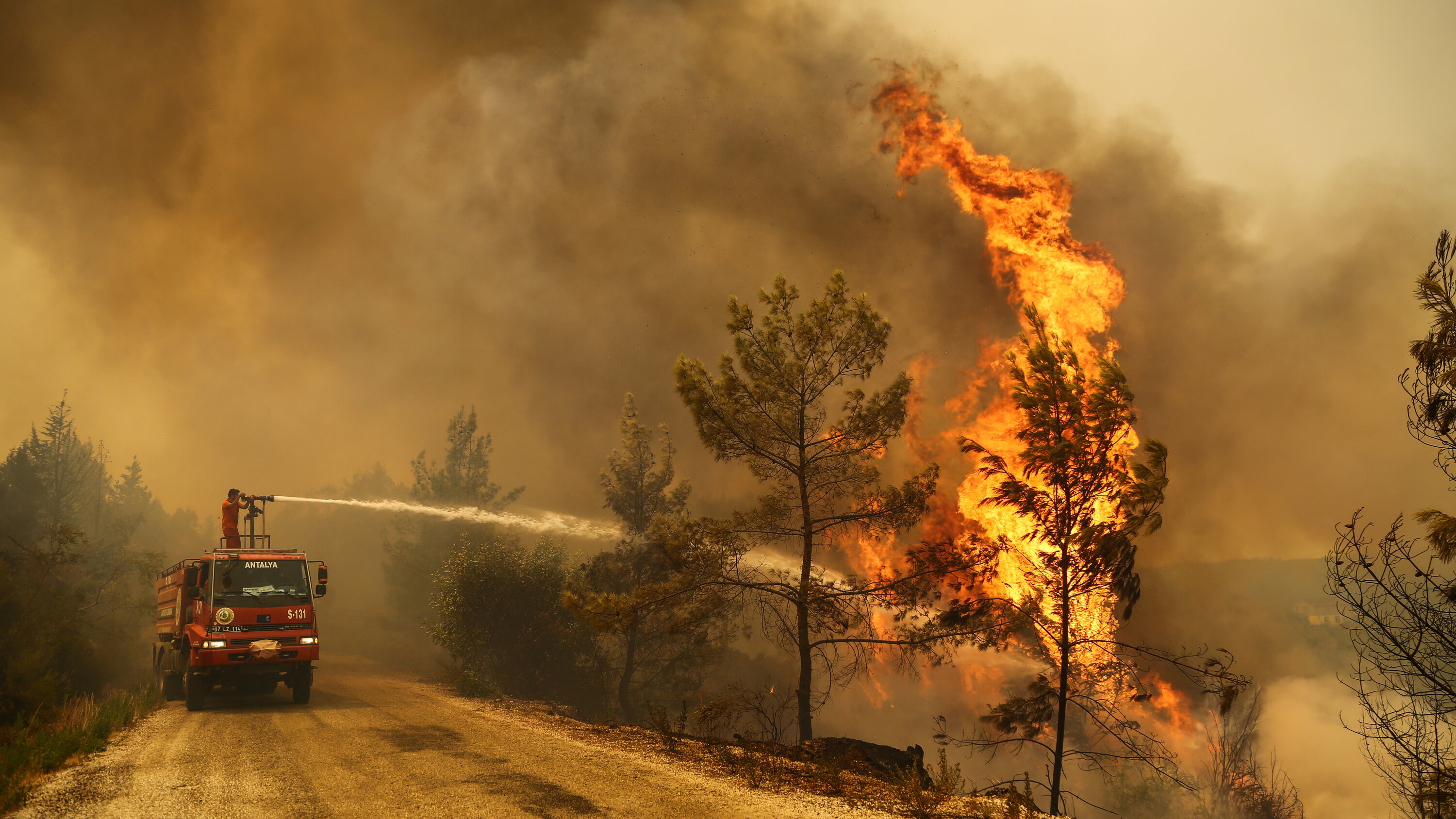
Turkey's Forest Fire Risk Landscape
Mediterranean & Aegean
Hot, dry summers create high fire risk in pine and maquis shrublands.
Black Sea Region
Humid and cooler, but risk spikes during drought periods.
Marmara & Central Anatolia
Rapid fire spread in grasslands and open pine stands.
Alpine & Eastern Anatolia
Infrequent but severe fires in subalpine forests during dry spells.
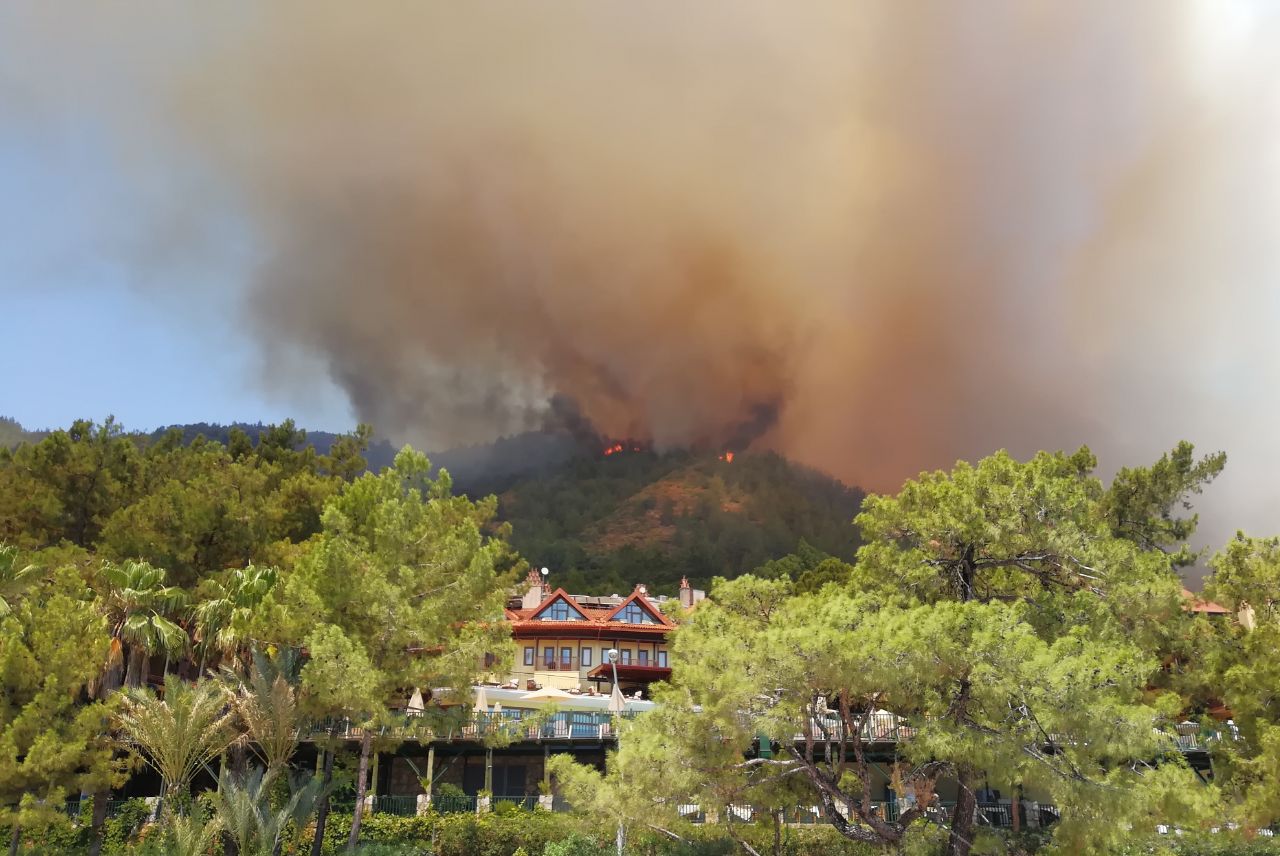
Mediterranean forest fire scenario
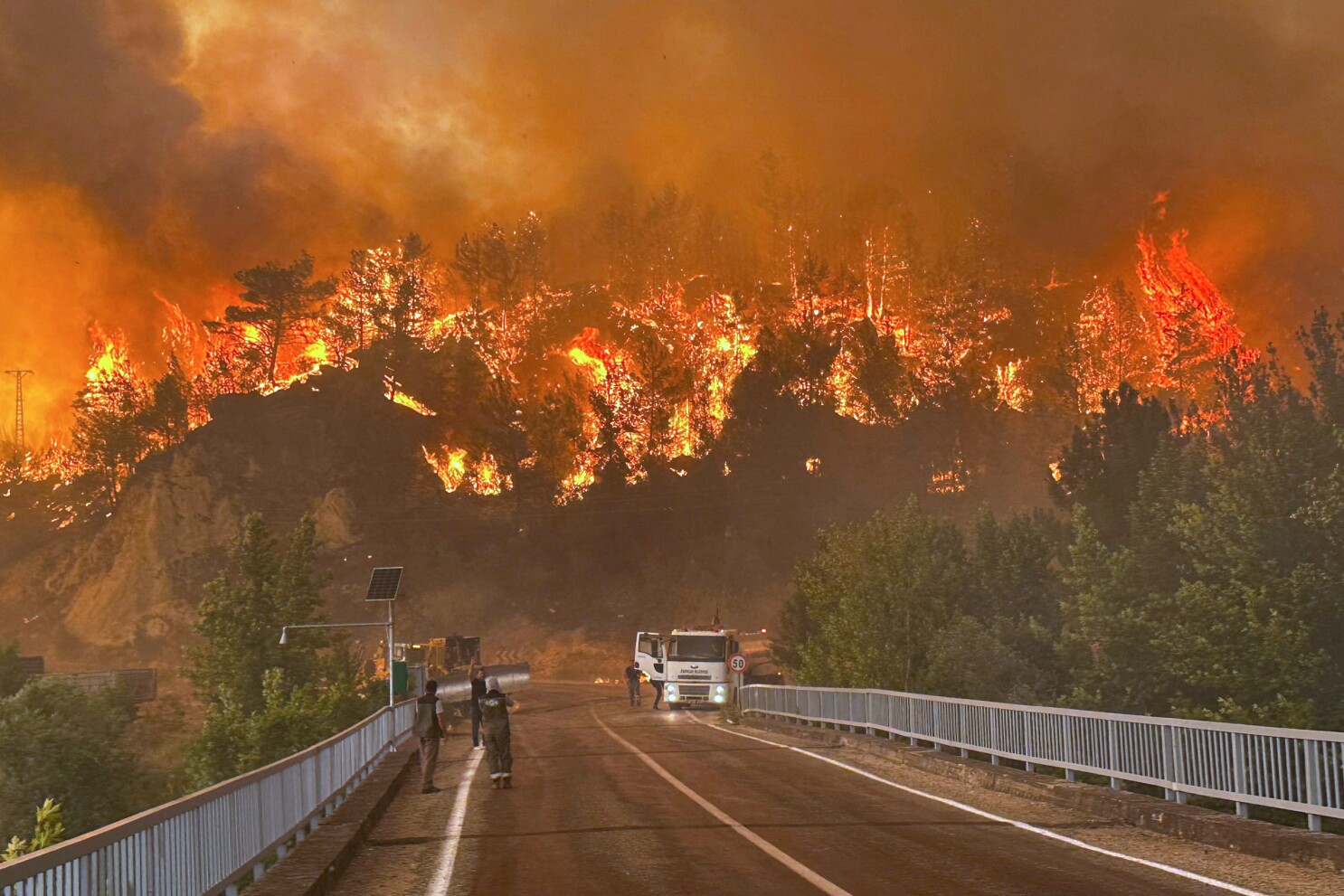
Emergency response to forest fires
Detection Technologies: The First Line of Defense
Early detection is critical. A mix of traditional methods and modern AI-powered systems provides the most effective coverage.
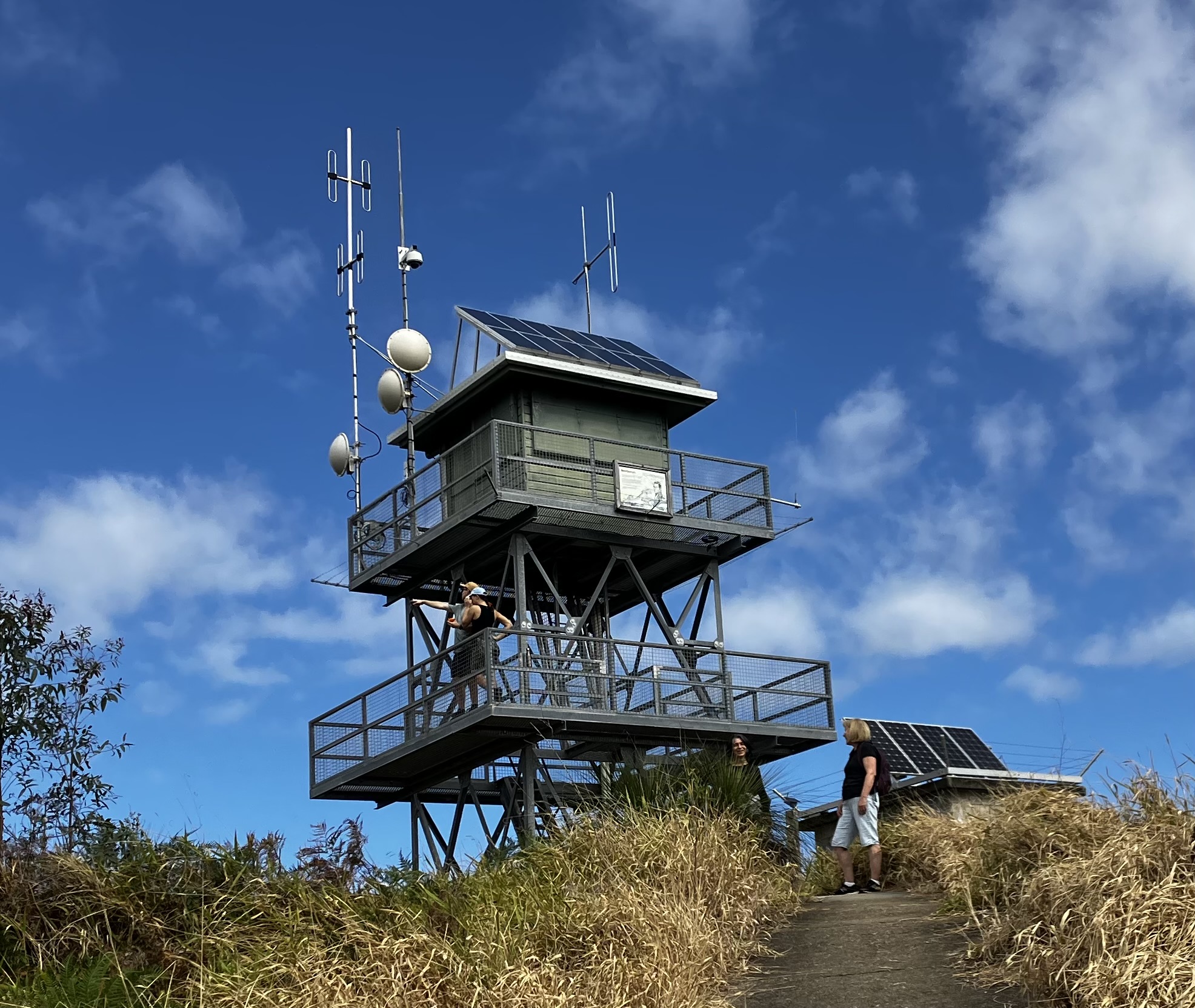
AI-Enabled Watchtowers
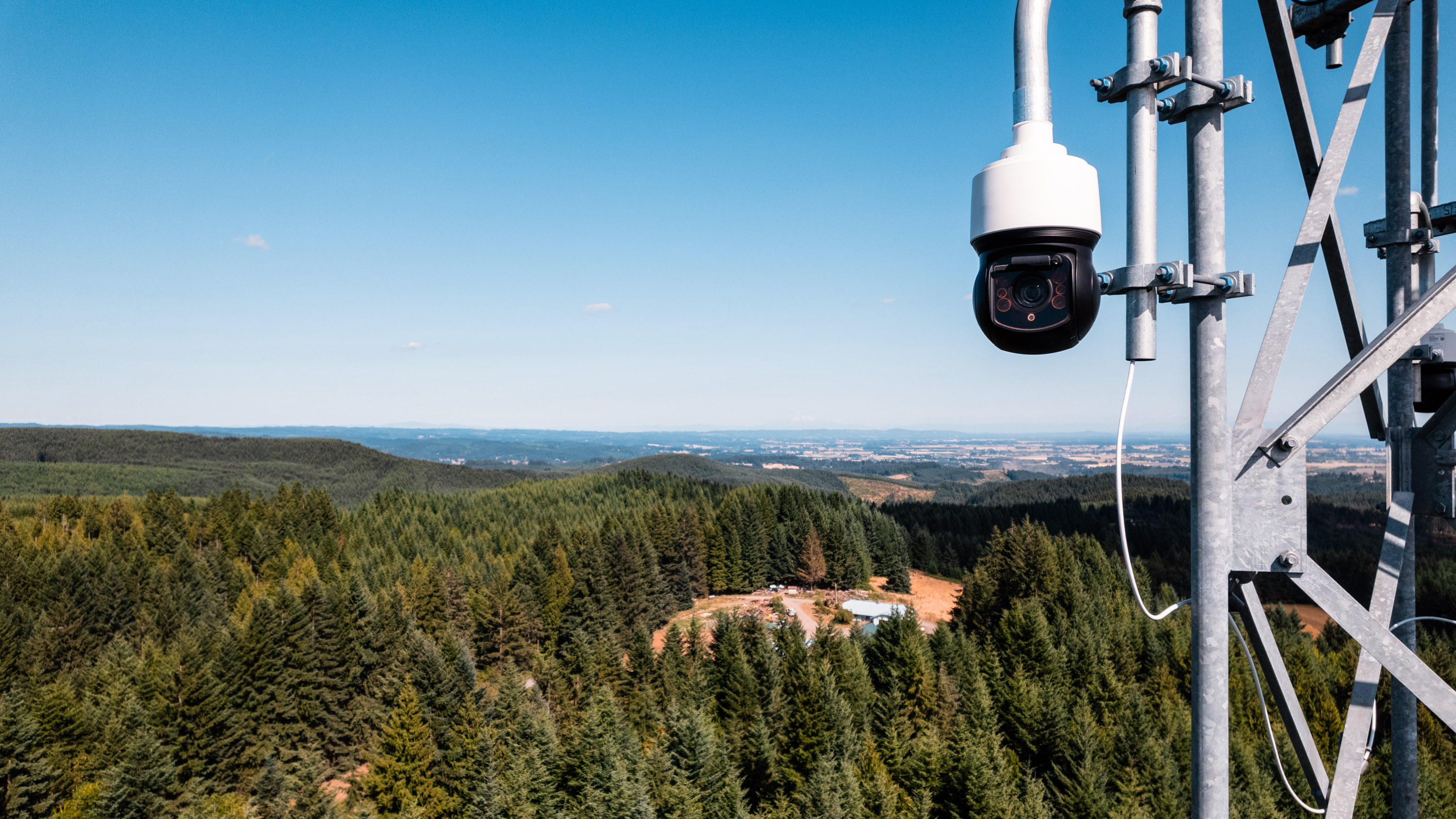
Edge-AI Camera Systems
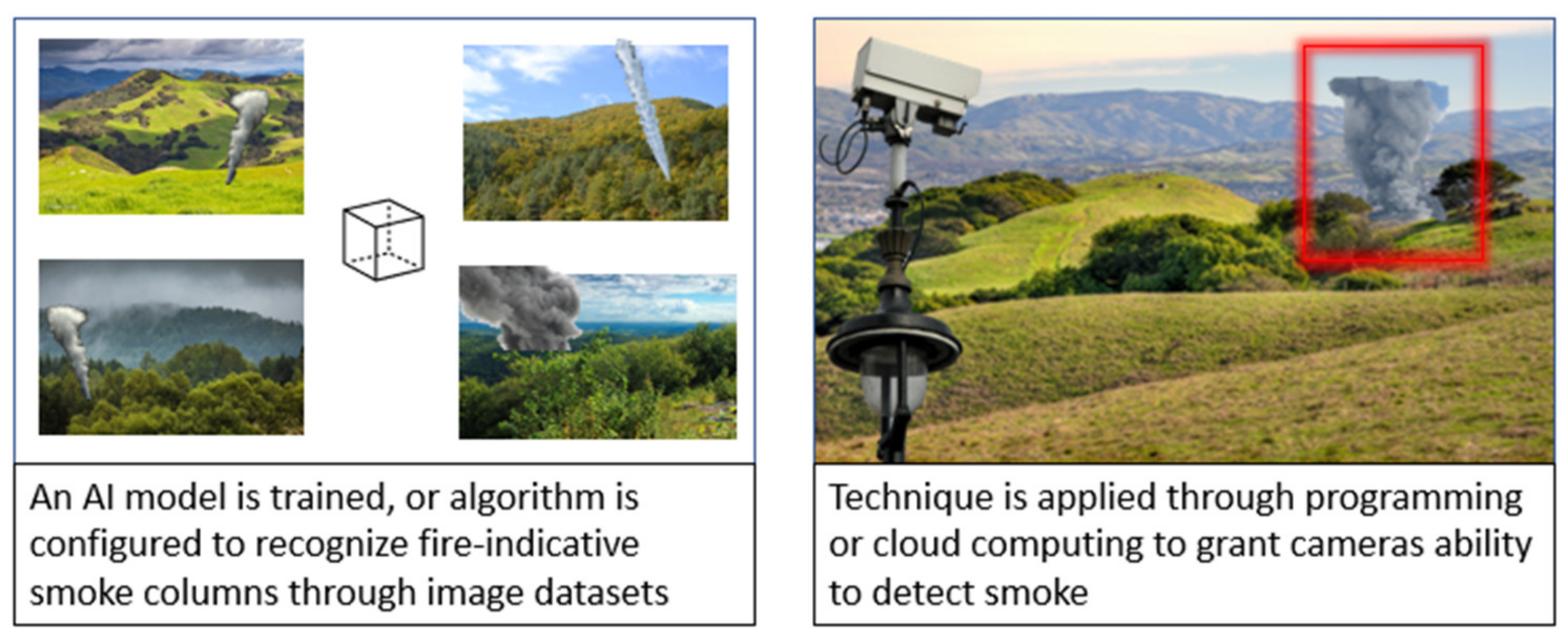
AI Smoke Detection
Detection Technologies at a Glance
| Technology | Unit Cost | Coverage Area | Detection Latency | Notes |
|---|---|---|---|---|
| Watchtowers | €10–50k/tower | 10–20 km radius | 2–30 min | Automated upgrades ongoing. |
| MODIS/VIIRS Satellites | Free | Nationwide | 1–4 h | Coarse resolution, cloud cover limits. |
| IoT Sensors | €100–200/node | 0.5–1 km²/cluster | 1–5 min | Power/network reliability challenges. |
| Edge-AI Cameras | €2–5k/unit | 3–5 km radius | <2 min | Low false alarms, 24/7 operation. |
| UAVs/Drones | €5–15k/drone | 10–20 km²/sortie | <1 h | Flexible but weather-dependent. |
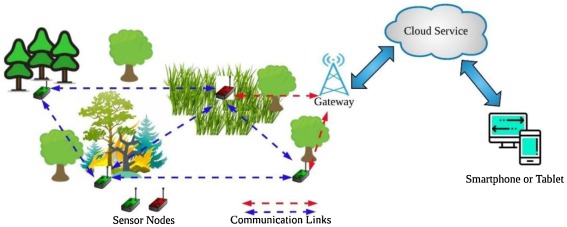
IoT Sensor Networks
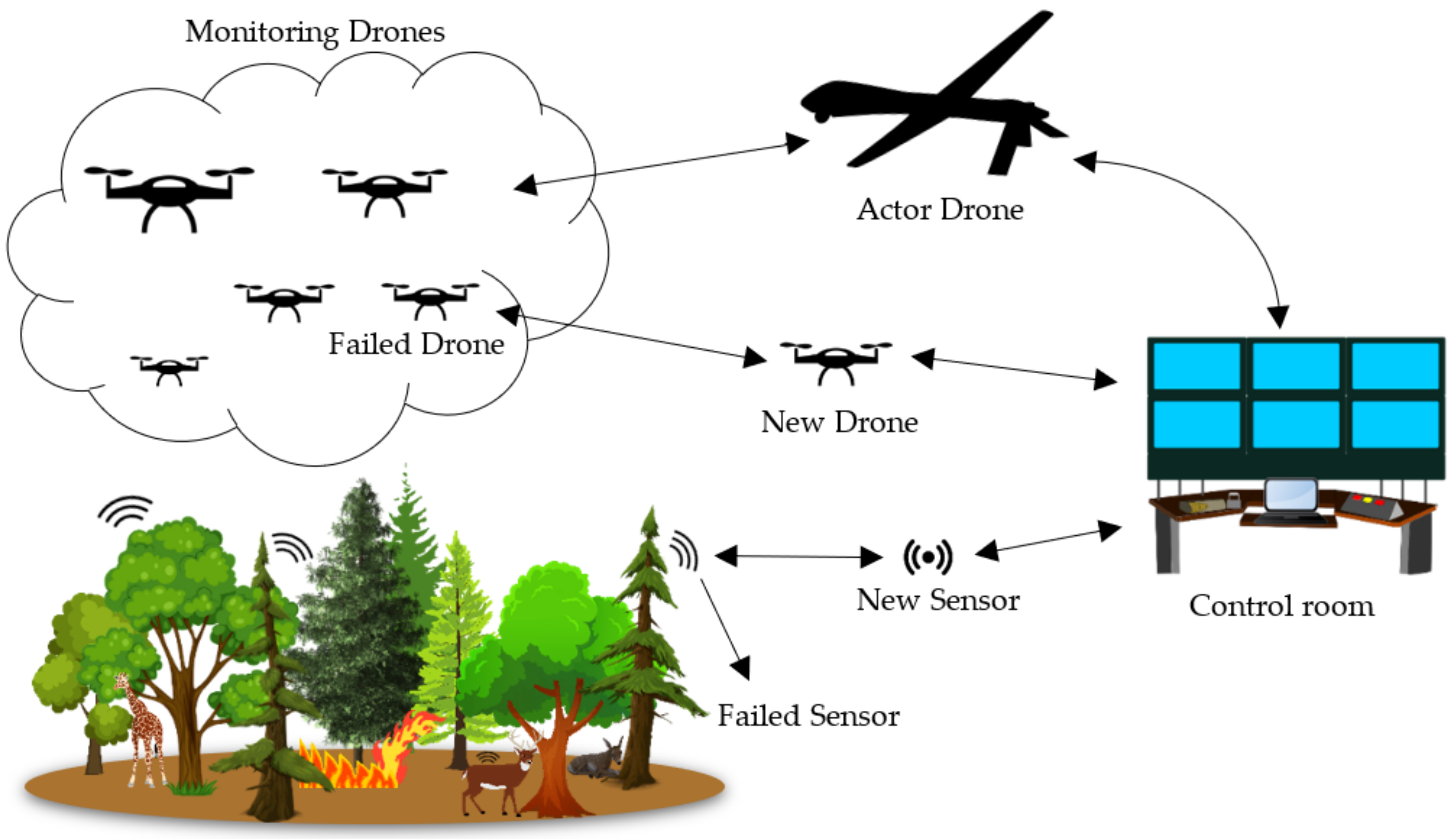
Integrated Monitoring System
Prevention: Proactive Measures
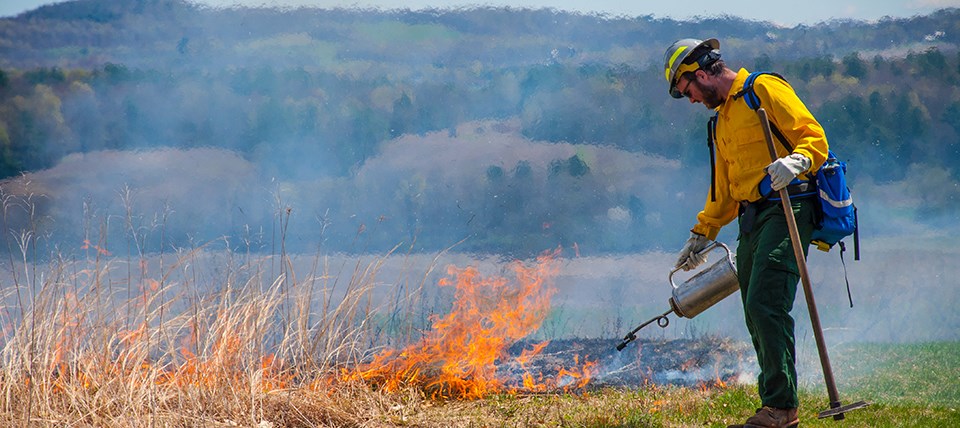
Controlled prescribed burning
- ✓AI Risk Mapping: Predicts high-risk zones with ~80% accuracy for targeted patrols.
- ✓Fuel Management: Prescribed burns and mechanical thinning remove flammable materials.
- ✓Community Engagement: Crucial, as ~97% of fires in Turkey are human-caused.
Extinguishing: Rapid Response
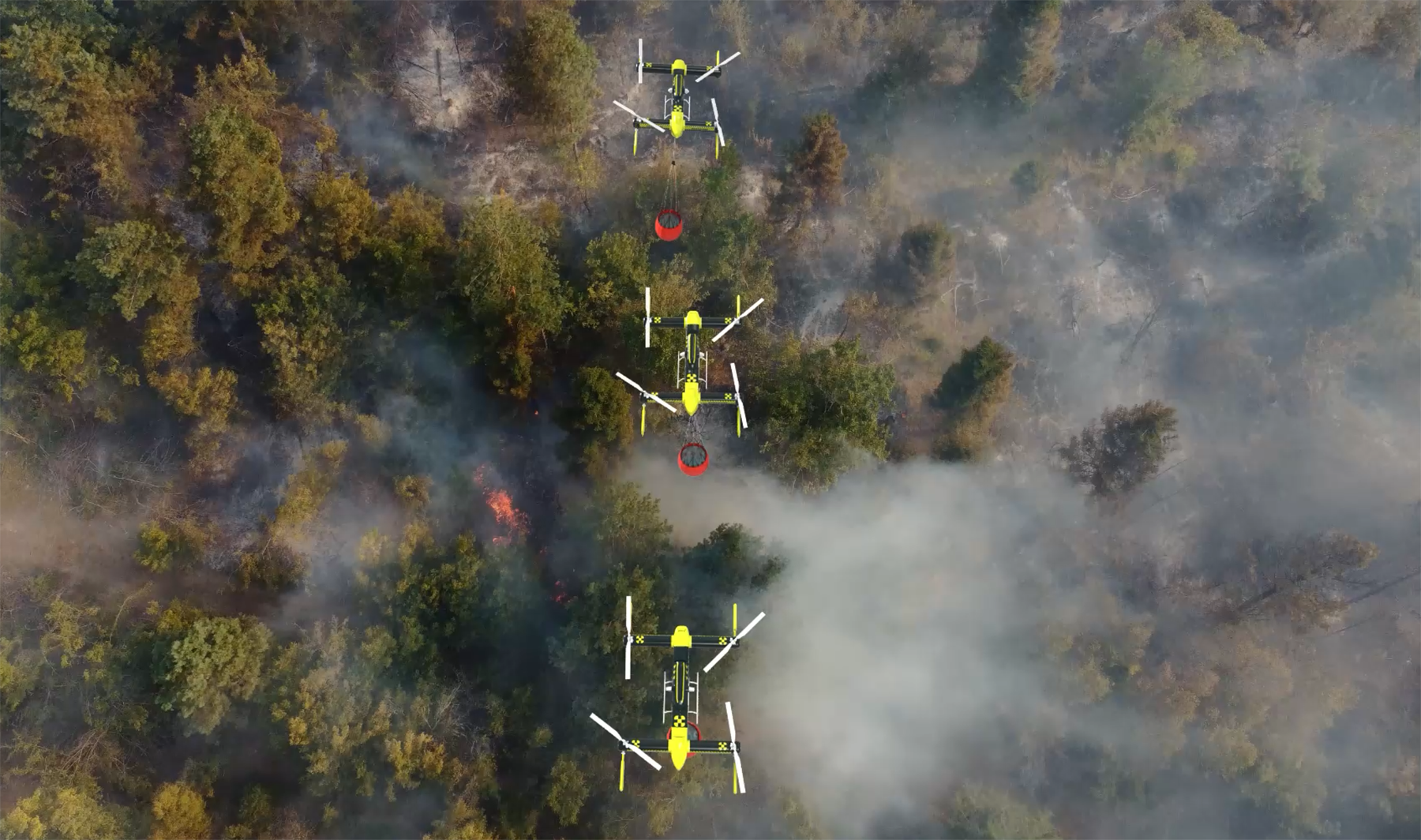
Autonomous firefighting drones
- ✓Autonomous Drones: Drop retardant or water on ignition points before manned assets arrive.
- ✓Robotic Vehicles: Assist with hazardous tasks like creating controlled fire lines.
- ✓Ground Crews: Remain essential for direct suppression, mop-up, and containment.
Community Engagement & Education
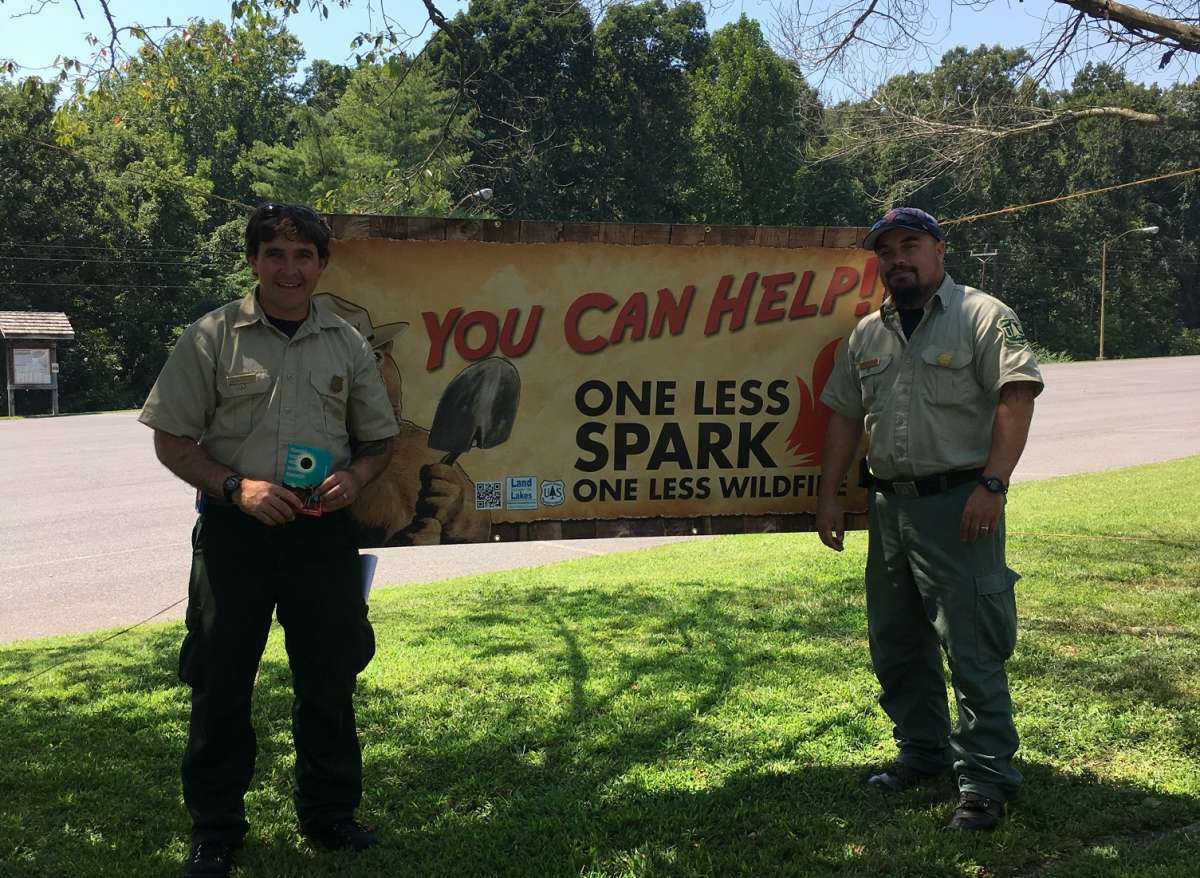
Public Education Programs
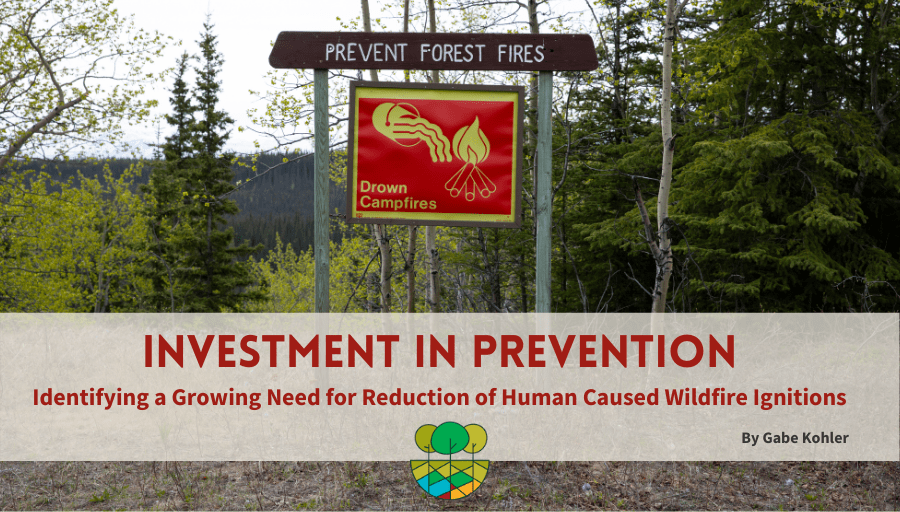
Prevention Signage
Youth Education
Success Stories: AI in Action in Turkey
TÜBİTAK Fire DSS
Nationwide Decision Support System
Impactful Results:
2-3 min
Detection-to-Dispatch Time (from 15 min)
~5%
False Alarm Rate (from 18%)
25%
Reduction in Area Burned
AI-Enabled Smart Watchtowers
Deployed in Antalya & Muğla
Performance Boost:
2 min
AI Detection Lag (from 30 min)
<5%
Miss Rate (from 30%)
FireAnalyst System
Darıca Zoo & Botanical Park
Precision Detection:
<5 min
Detection Lag (from 20 min)
0.36 ha
Min. Detectable Fire (from >1 ha)
ASELSAN EREN-II Radar
Foliage-Penetrating Surveillance
Advanced Capability:
Provides 360° real-time scanning and detection, even behind heavy vegetation. A critical tool for dense woodland regions used by the Turkish Armed Forces and Forestry Directorate.
Cost-Benefit Analysis: A Smart Investment
Layered Fuel Treatment Approach
Combining prescribed burns and mechanical thinning is highly cost-effective. By investing a small amount in prevention, Turkey can avoid massive suppression costs and resource loss.
For every $1 spent, ~$16 in costs are avoided.
Technology Overview: A Comparative Look
| Technology Name | Type | Cost-Effectiveness | AI Involvement | Suitability for Turkey |
|---|---|---|---|---|
| Watchtowers (AI-enabled) | Detection | High | Yes | High (proven in Mediterranean/Aegean) |
| Satellite Monitoring | Detection | High | Yes | High (nationwide, all biomes) |
| IoT Sensor Networks | Detection | High | Yes | High (remote pine, steppe, maquis) |
| Edge-AI Cameras | Detection | High | Yes | High (coastal, high-risk forests) |
| UAVs/Drones | Detection | Medium | Yes | High (steep, fragmented terrain) |
| Prescribed Burning | Prevention | High | No | High (all forest types) |
| AI Risk Mapping/DSS | Prevention | High | Yes | High (all regions) |
| Autonomous Drones | Extinguishing | Medium | Yes | Medium (remote/rugged areas) |
| Ground Crews/Brigades | Exvention | High | No | High (nationwide) |
Key Recommendations for Turkey

1. Adopt a Layered Approach
Combine free satellite data with edge-AI cameras in high-risk zones and IoT sensors in remote areas.
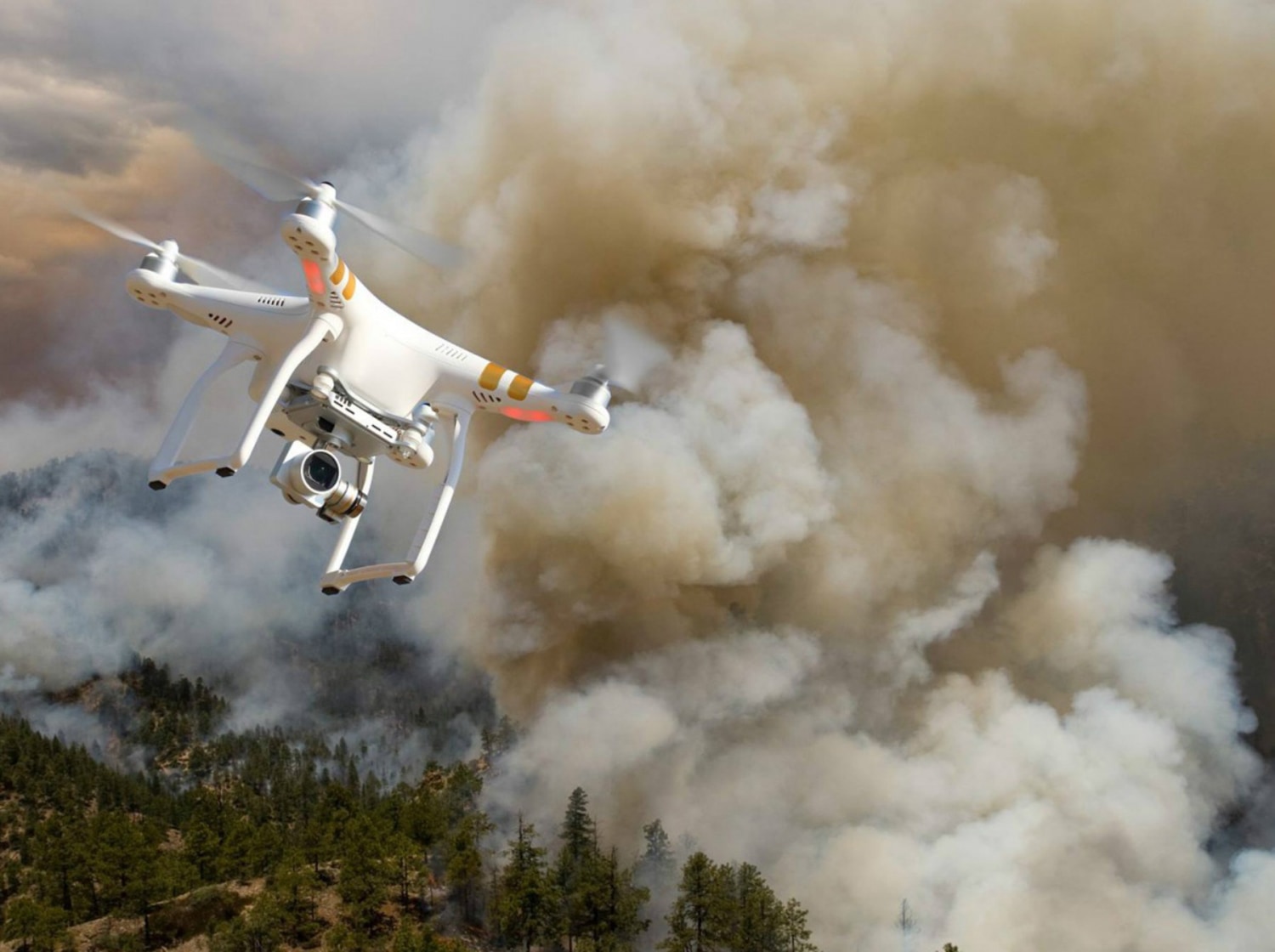
2. Invest in AI-Driven Forecasting
Use machine learning to schedule drone flights and patrols during peak fire season for maximum efficiency.
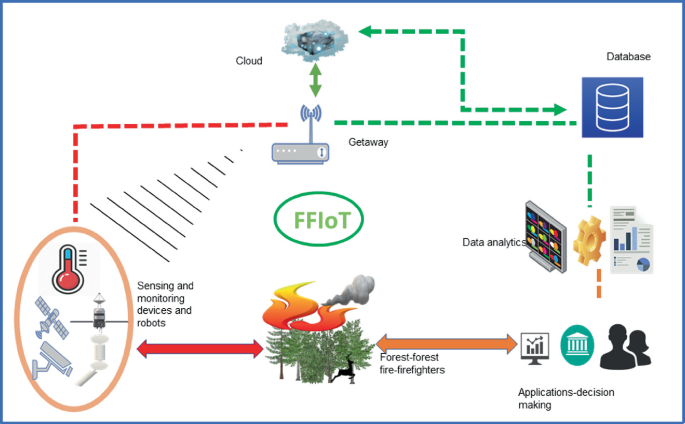
3. Integrate All Data Streams
Fuse all detection data into a single, centralized dashboard for coordinated alerts and resource allocation.
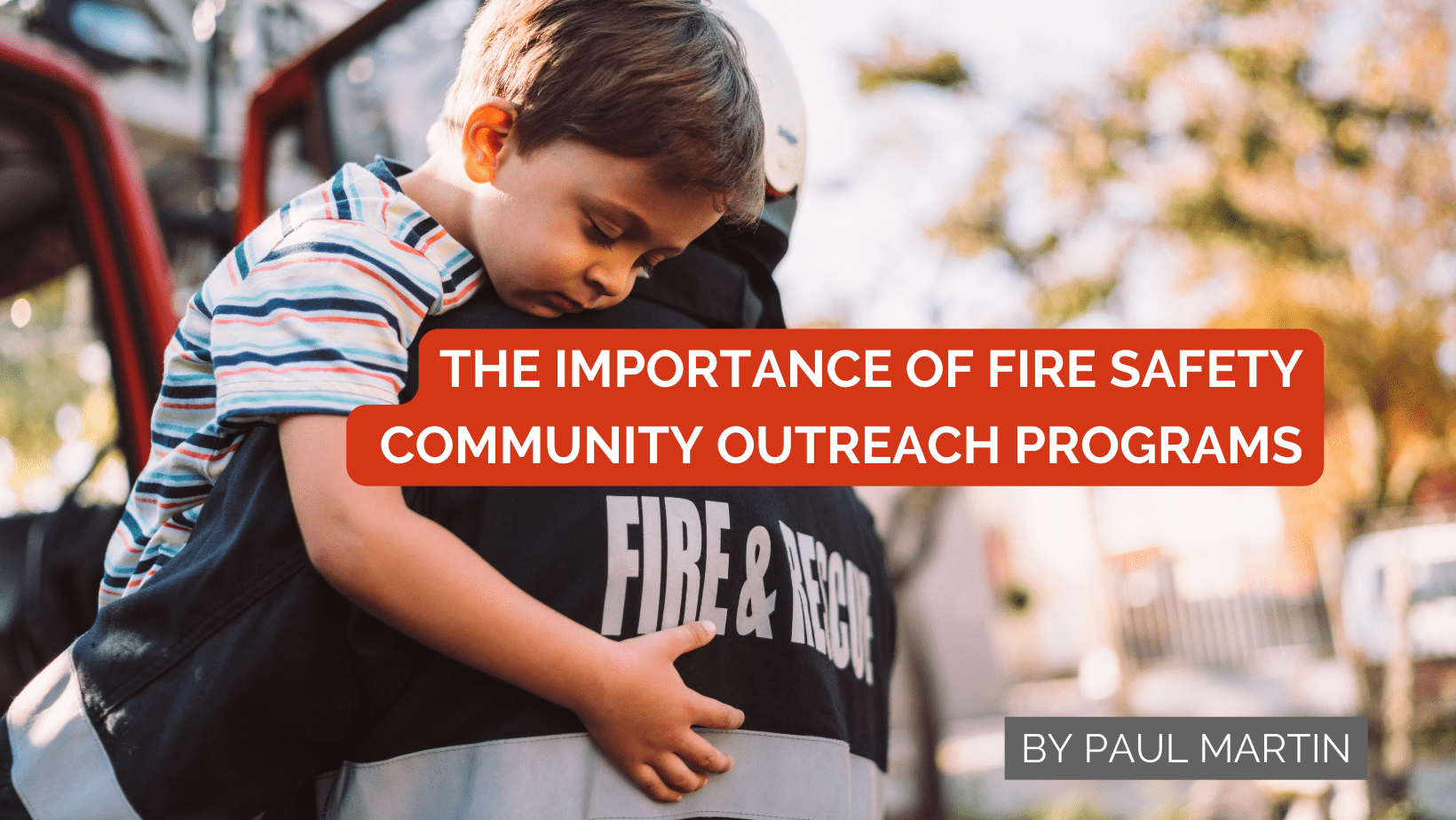
4. Empower Local Communities
Continue public education and support for volunteer brigades, especially in human-ignition hotspots.

5. Sustain AI Investment
Expand and maintain AI-driven systems like the Fire DSS and smart towers, ensuring ongoing training.

6. Focus on Prevention ROI
Prioritize cost-effective fuel management programs that deliver a high return on investment.
 Prometheus
Prometheus